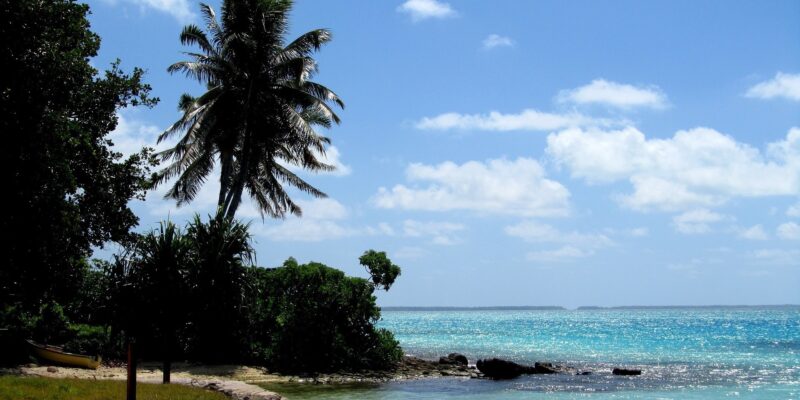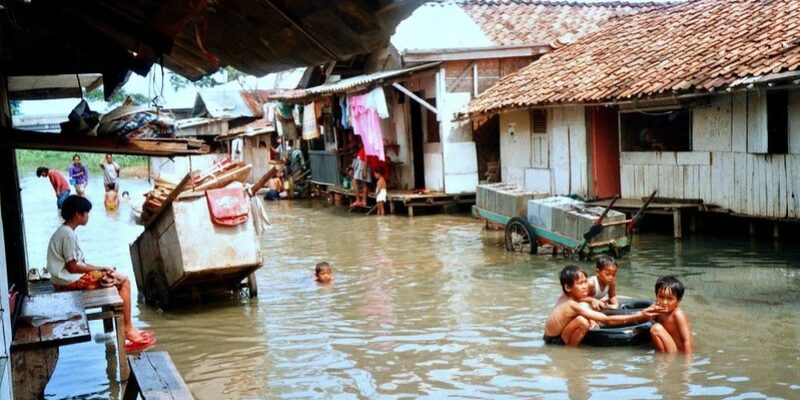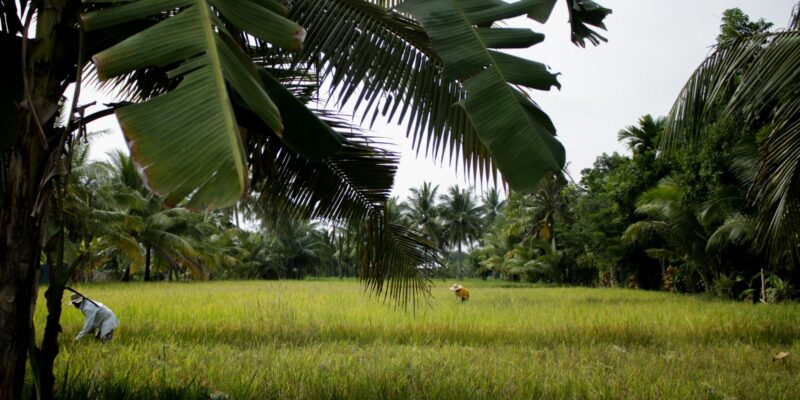Comment
Insights and expert analysis on climate issues.
Share


International Women’s Day on March 8 is a chance to start solving a deep inequality: women are more vulnerable to climate change than men.

The climate movement is brimming with strong women who get stuff done. More than 50 such women work at Climate Analytics and this week, in the run up to International Women’s Day on 8 March, we are celebrating the amazing work they do to tackle the climate crisis.

Home by the sea: new science shows more sea-level rise impacts on small islands
Dr Carl-Friedrich Schleussner
Oceans and seas around the world will continue to rise for centuries, even long after global mean temperatures have stabilised, new research shows. Add to that another recent finding that more land is below the high tide line than originally estimated and the implications for small island communities are clear: they face serious and protracted challenges from global warming related sea-level rise. Steep carbon emission reductions and limiting warming to 1.5°C, as governments agreed by signing the Paris Agreement, will significantly reduce risks related to long-term sea level rise.

Our blog for World Children's Day — Massive climate strikes around the world demonstrate that children and youth are increasingly aware that climate change is a looming shadow over their future. So what will their future in a changing climate look like and how are children already affected by climate change?

Troubled land: a call for sustainable land use and rapid climate action
Dr Carl-Friedrich Schleussner
The IPCC’s latest report provides a stark reminder that climate change places the life support systems that land provides at risk. For vulnerable countries in particular, there is no sustainable future without sustainable land use combined with rapid climate action.

How extreme weather conditions could last longer due to climate change
Dr Carl-Friedrich Schleussner
Global warming will make persistent extreme weather more likely – including longer heatwaves, droughts and extended rainy periods. This effect comes on top of the increase in average temperatures - authors explain a recent study published in journal Nature Climate Change.